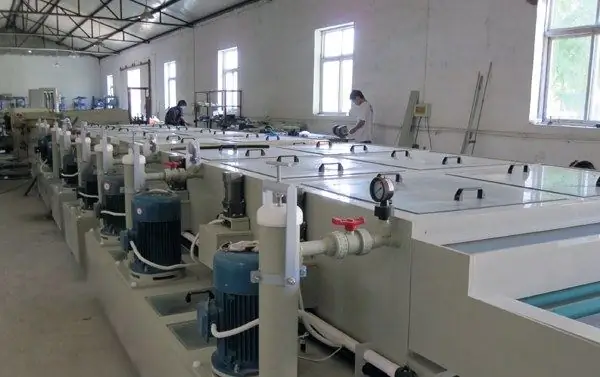The need for pickling stainless steel arises when it is necessary to protect the surface from the corrosion process. As a result of the etching procedure, unnecessary oxides and scale are removed from the steel surface and a chromium oxide film is formed. Correct pickling will greatly increase the life of your stainless steel product.

The risk of corrosion development on stainless steel most often appears after welding or after mechanical processing of the part (emery tools, sandblasting, etc.). The essence of the damage received by the metal lies in the violation of the chromium oxide layer, as a result of which the iron is "exposed" and becomes unprotected. Therefore, each impact on stainless steel must be "neutralized" by passivation, chemical etching.
Acid pickling
The use of concentrated chemicals implies that the work is carried out in a specialized room. At the first stage, the process of erosion of scale is organized in a prepared bath with sulfuric (7-8% of the volume) and hydrochloric (3-4%) acid. The process must be carried out at a temperature of + 60-80C for 30-40 minutes. During initial processing, it is necessary to monitor the constancy of temperature. Then the products are thoroughly washed with water.
At the second stage, the washed product is immersed in a mixture of hydrofluoric acid (1-2% by weight) and nitric (15-20% also by weight). Finally, rinsing with water is required. The whole process is accompanied by abundant release of vapors, which indicates the need to use protective equipment for the skin and respiratory organs. Acid etching can be accompanied by electrolysis, which increases the effectiveness of the procedure. In this case, an electric current is passed through the mixture of acids in the bath, with the metal being treated playing the role of an anode or a cathode.
Etching with ready-made acid mixtures
Not every manufacturer has a dedicated concentrated acid pickling area. Therefore, many people use ready-made gels, sprays, pastes, concentrates, which can contain up to 4 different acids. To apply them to the surface, acid-resistant brushes and special sprayers are used. If it is supposed to process welded seams, then it is best to use a paste with a thick consistency - its pickling activity is already manifested at a temperature of + 10 ° C.
Before starting treatment, the product is cleaned of rust, grease, dirt. To do this, a special cleaning compound can be applied to the surface, which must be kept for 30 minutes. If gels, pastes are used, then they must be applied to the seams with a grip of 20 cm on both sides. The duration of the composition is 20-90 minutes (in accordance with the instructions for use). After rinsing, a passivator is applied to the product, which forms a stable chromium oxide film. The holding time of the passivator is 30-60 minutes.






